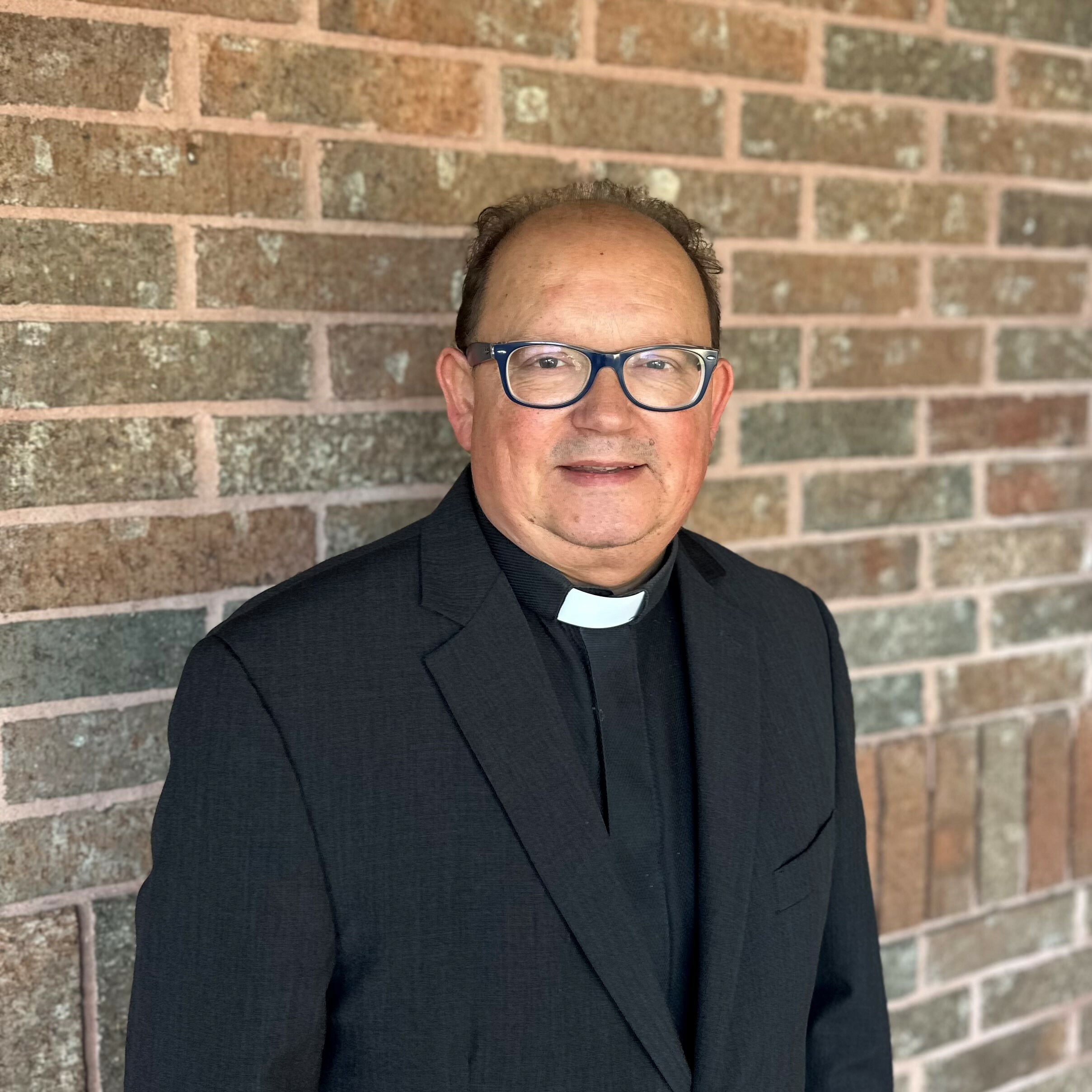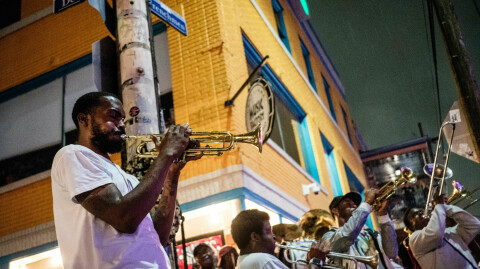TLDR: In the Gospel of John people and events are often signs that reveal something about Christ. Ordination, likewise, is an action that reveals a deep truth about Christ. Please read below for more.
I have been doing a bit of research on the Gospel of John, the book of signs, where persons, locations, and situations often speak of two realities at the very same time. On the one hand, we see the actual, temporal, “real” event taking place, as it is described by the narrator. On the other hand, most events in John point to something else: There is a symbolic connection between the action or event and a deeper and richer reality to which it points. People, things and events are often “meaning holders” that reveal Jesus to the world. The passage this last Sunday is a perfect example. The actual event being described is the incorporation of Nathanael into the group of twelve original apostles. The young man is quite impressed that Jesus was able to accurately describe his misgivings when he was still sitting under a tree some miles away. He exclaims a powerful Christological confession which is in itself strange for a Gospel still in its first chapter. He says, “Rabbi, you are the Son of God! You are the King of Israel!” Then Jesus replies, “Very truly, I tell you, you will see heaven opened and the angels of God ascending and descending upon the Son of Man.” And it is here that we see how Nathaniel has become a sign leading us to something deeper. His Christological acclamation points directly to a passage and a prophesy thousands of years in the making. And it is that prophesy I want to point to in this blog.
Genesis 28 tells the story of Jacob’s journey to Passan-aram, after he had received his father’s blessing. He will remain with his mother’s brother for many years and eventually marry both of the man’s daughters. After a day’s journey, he decides to camp at Bethel. During the night, “He dreamed that there was a ladder set up on the earth, the top of it reaching to heaven; and the angels of God were ascending and descending on it.” (v. 12.) He then heard the voice of God who entered into a covenant with him, promising him land, progeny, and power, “All the earth shall be blessed in you and your offspring.” (v.14b.) When Jacob woke up from his dream, he exclaimed, “Surely, the Lord is in this place -and I did not know it! ... How awesome Is this place! This is none other than the house of God, and this is the gate of heaven.” (16-17.) Joshua consecrated the site as a place of worship to God, “This shall be God’s house.” (v.22a.)
The biblical purpose of a Temple is to be a meeting place between the sacred and the profane, the divine realms and the earthly realms, heaven and hearth, God and human beings. God dwelled in the ambulatory Tabernacle during the forty years of wonderings in the wilderness, and then in Tents of Meeting and in the Temple of Jerusalem when it was built. Bethel remained a worship site for many centuries, even after the Jerusalem Temple was built. The image of angels ascending and descending in Genesis meant that the barrier of separation between the divine and earthly spheres disappeared, at least for the duration of the dream. The sacred and the profane became temporarily one integrated reality because of God’s presence in Jacob’s dream.
In John, the Word who chose to dwell among humanity breaks forever the walls of separation between the sacred and the profane. Jesus tells Nathanael, “You will see angels ascending and descending on the Son of Man.” Jesus is the new meeting place, the new Temple, God dwelling with humanity and in humanity forever. Nathanael will see the fulfillment of the Genesis 28 prophesy, and he is, this very day, in the presence of the giver of that prophesy. His interaction with Jesus, which the narrator so aptly describes, is a sign pointing to something much deeper: Jesus is the new meeting place between humanity and the Divine.
This coming Thursday we will celebrate another living sign that will work for us on two different levels: On the visible, “real,” sensory level we will witness the making of a new priest in and for the Church. This will be the culmination of dreams, an arduous discernment, a challenging seminary education, a period of deep devotion and obedience, a time of sacrifice and commitment, and a graduation from a multi-layered formation program. The results of this ordination will be concrete and functional: Leesa will be ordered, commissioned, and licensed to perform a set of duties characteristic to the priesthood. She will be set-aside to share in her Bishop’s ministry at the local church. And we will see this setting apart. We will hear that she has “satisfied the requirements of the canons,” that she believes and declares “The Holy Scriptures of the Old and New Testaments to be the Word of God.” That she will, “Engage to conform to the doctrine, discipline, and worship of The Episcopal Church.” In short, we will witness her ordination vows, receive her first blessing, and enjoy the celebratory gathering after the service.
At a more spiritual level, this ordination will point to something deeper and sacred. God created a Church for his mission, and out of love for his Church, God “has poured his gifts abundantly upon his people, making some apostles, some prophets, some evangelists, some pastors and teachers, to equip the saints for the work of ministry and the building up of his body.”[1] All baptized Christians are called to share in this mission “To make Christ known as Savior and Lord, and to share in the renewing of his world.”[2] God is doing something new among us, constantly renewing the world in the likeness of his Son, Jesus Christ. Priests are called to proclaim by word and deed the Gospel of Jesus: to love and serve the people entrusted to our care; to preach and celebrate the sacraments; and “to perform the other ministrations” entrusted to us. It is a holy commission that will require deep faith and commitment.
Priests are called to be signs and sign bearers at the same time. In our devotion, and the pattern of our lives, we are called to be “wholesome examples” to our people, so that others may be led to Christ. In our ministry, we are to be sign bearers, constantly showing people the way to Christ. Our job is to center the spotlight on Jesus that others may find the grace and consolation we ourselves have found. It is an awesome responsibility that requires priests to remain deeply connected in prayer to the source of all power and strength.
Please keep Rev. Leesa in your prayers as she prepares for this momentous event. I hope to see you all here. In Jesus name,
Fr. Roman+
[1] BCP, Ordination of a Priest, 533.
[2] BCP, Ordination of a Priest, 531.





